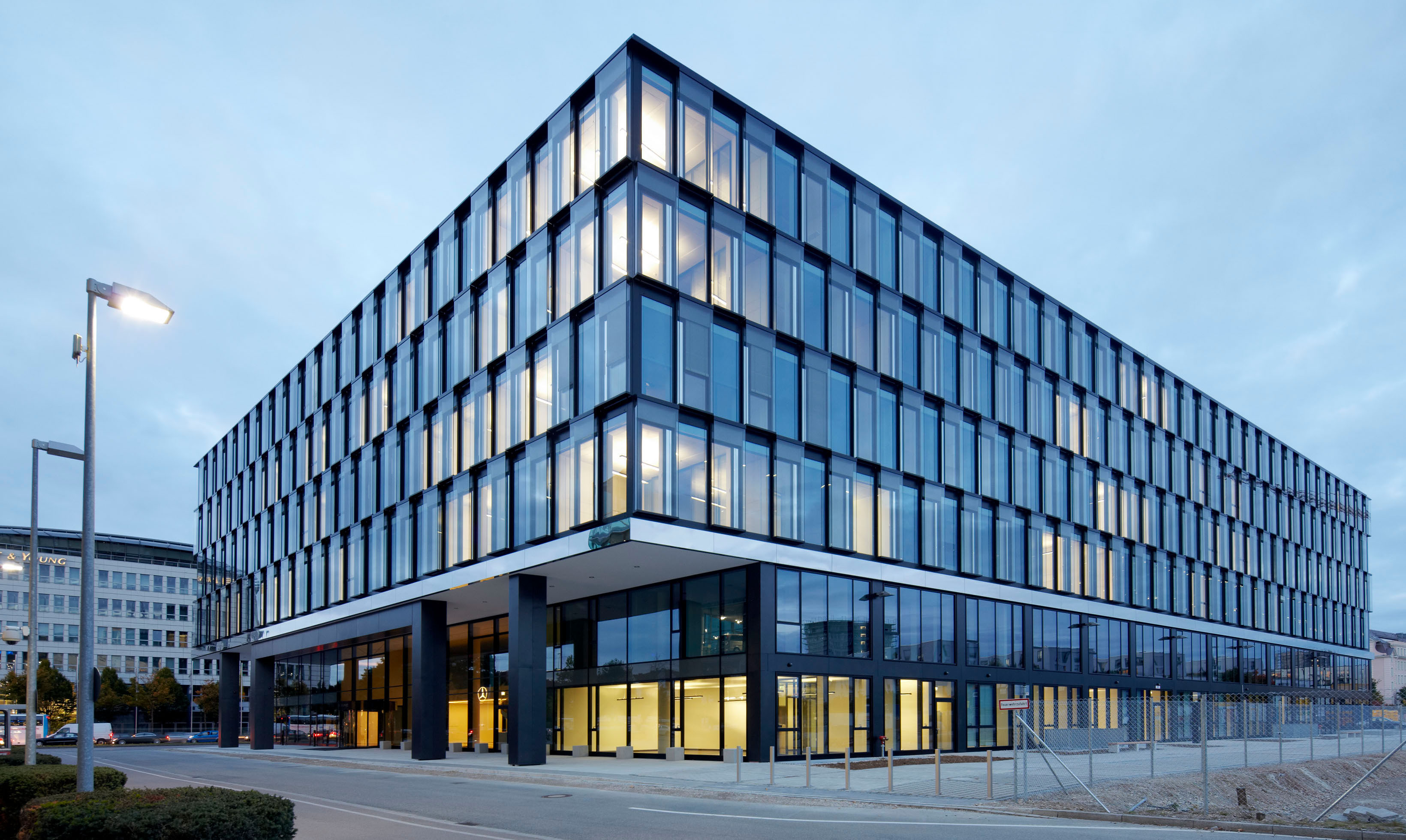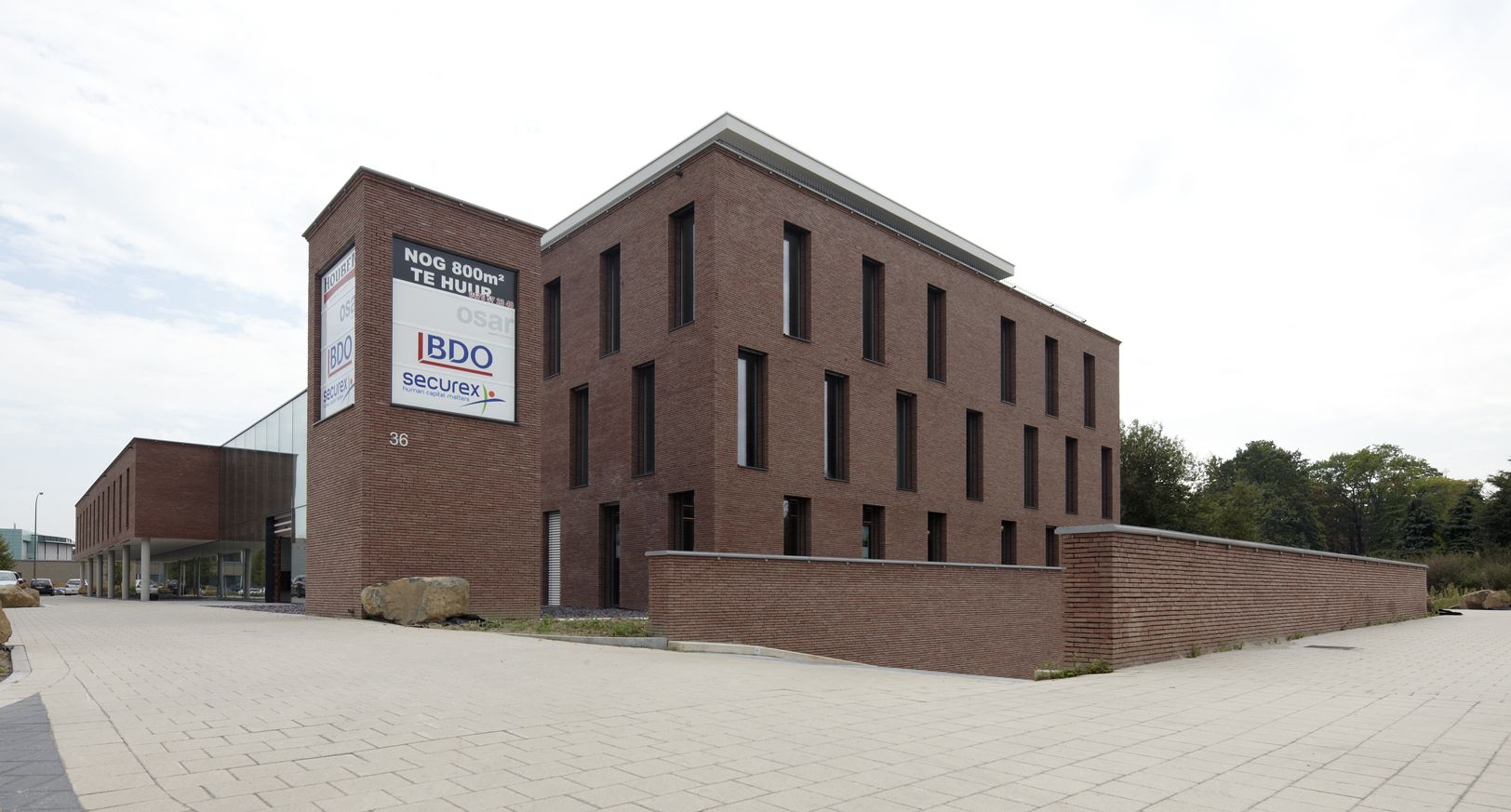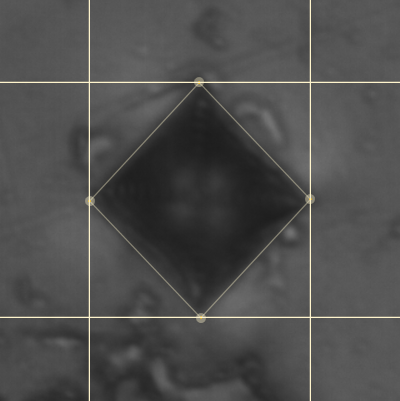Research
Our company actively participates in research projects focused on energy efficient building control and advanced monitoring. Our company cooperates with several research institutions and universities: ETH Zurich, KU Lueven, CTU Prague, NTIS Pilsen.
In cooperating with CTU, we had developed and successfully applied a unique predictive controller for buildings. This controller is based on online mathematical optimization. It uses weather forecast together with a mathematical model of a building in order to find an energy optimal strategy for building control. This controller is in full scale operation on a CTU building (70 000 m2) since 2008. In 2012, the controller was applied to the pilot building of the Geotabs project. The controller was also used for energy saving analysis in the OptiPremir project.
Research projects
Integration of building systems, research and application of inteligent algorithms with influence on energy consumption of buildings and living houses - 2A-1TP1/084
The project (supported by the Ministry of Industry and Trade of the Czech Republic, 2006-2011) was focused on advanced building control and fault detection. We developed and successfully applied a predictive controller for CTU building in Prague (70 000 m2). Thanks to the predictive controller, the energy consumption was reduced by 16-27%. This was one of the first full scale applications of predictive control on a real building worldwide.
 Publications related to this project:
Publications related to this project:
- Široký J., Oldewurtel F., Cigler J., Prívara S.: Experimental analysis of model predictive control for an energy efficient building heating system, Applied Energy, Volume 88, Issue 9, September 2011
- Ferkl L., Široký J.: Ceiling radiant cooling: Comparison of ARMAX and subspace identification modelling methods. Building and Environment, Volume 45, Issue 1, January 2010, Pages 205-212
- S. Prívara, J. Široký, L. Ferkl, J. Cigler: Model predictive control of a building heating system: The first experience, Energy and Buildings, vol. 43, no. 2, pp. 564-572, 2011.
- Široký J., Ferkl L., Lain M.: Identifikace otopného systému Crittall pro funkci chlazení místností Fakulty strojní ČVUT v Praze. Vytápění větrání instalace, 2009, roč. 18, č. 3, s.137-140.
- Široký J.: Úspory energie pomocí simulace vývoje vnitřních teplot využívající informací o předpovědi počasí, 20. konference Vytápění, Třeboň 2009
- Široký J., Ferkl L.: Model of a Hot Water Full Circulation Mode in a Building. In proceedings of the 7th IEEE International Conference on Control & Automation, Christchurch, New Zealand, 2009
- Široký J., Ferkl L., Prívara S.: Model Predictive Control of Building Heating System. In proceedings of the 10th REHVA World Congress Clima 2010, Antalya, Turkey, 2010
- Ferkl, L., Široký J., Prívara S.: Model Predictive Control of Buildings: The Efficient Way of Heating, In proceedings of the IEEE Multi-Conference on Systems and Control, Yokohama, Japan, 2010
- Matematika v roli topiče, Česká televize, pořad Port
- Prediktivní řízení soustav vytápění budov, portál TZB-info
- Prediktivní řízení budov - I. popis metody, TZB Haustechnik, 2/2010, Prediktivní řízení budov - II. pilotní aplikace, TZB Haustechnik, 3/2010
Optimization of Building Control for the Icade Premier House 1, Munich
The objectives of the OptiPremier project were (i) the modeling of the newly built „Icade Premier House 1“ buildingin Munich, and (ii) the study and optimization of the indoor temperature control in the office part of the building. The control strategies considered were Rule-Based Control, as implemented in the real building, and so-called Model Predictive Control. The focus was on energy efficiency and thermal comfort in the office rooms. An interdisciplinary team from academia and industry executed the project.
Publications related to this project:
- S. Prívara, J. Cigler, Z. Váňa, F. Oldewurtel, C. Sagerschnig and E. Žáčeková, “Building modeling as a crucial part for building predictive control”, Energy and Buildings, no. 0, pp. - , 2012.
- S. Privara, Z. Vana, D. Gyalistras, J. Cigler, C. Sagerschnig, M. Morari and L. Ferkl, “Modeling and identification of a large multi-zone office building,” in Control Applications (CCA), 2011 IEEE International Conference on, pp. 55-60, 2011.
- S. Privara, Z. Vana, J. Cigler and L. Ferkl, “Predictive control oriented subspace identification based on building energy simulation tools”, in Control Automation (MED), 2012 20th Mediterranean Conference on, pp. 1290 -1295, july 2012.
GEOTABS
The overall aim of the GEOTABS project is to improve system design and control of GEO-HP-TABS in office buildings by using monitoring, comfort survey and simulation data. Hereby, improved design is characterized by increased energy performance as well as increased convenience for future commissioning, while comfort is guaranteed. Monitoring data and simulation data constitute a huge source of information, which is not yet fully exploited to improve system design and control. Moreover, very little is known about users’ comfort experience in TABS buildings. Therefore, a generic international comfort survey tool will be developed and applied to TABS buildings. These data form, together with a current practice review, the ideal foundation in the development of scientifically sound guidelines for improved design and control.
Opticontrol
The project focuses on the application Integrated Room Automation (IRA) in office buildings. IRA deals with the automated control of blinds, electric lighting, heating, cooling, and ventilation of individual building zones. OptiControl combines the newest developments from the fields of building technologies, numerical weather forecasting and control engineering. The project develops and tests novel, predictive control approaches plus corresponding software modules to be incorporated in commercial building automation systems.
http://www.opticontrol.ethz.ch
- Energocentrum Plus provided a database solution that was used as a interface between the Siemens Desigo Sytem and Matlab.
- Energocentrum Plus implemented tool for online simulation results vizualization - BACTool - http://www.bactool.ethz.ch/
Publications related to this project can be found at http://www.opticontrol.ethz.ch/04E-Publications.html
Development of the system for evaluation of hardness testing with stress on the research of new possibilities of polymer material characteristics analysis and application of the results on the market - FR-TI1/487
The project (supported by Ministry of Industry and Trade of the Czech republic, 2009-2012) was focused on microhardness testing. Energocentrum Plus was responsible for software implementation and for development of image processing algorithms.
Publications related to this project:
- Hrúz Marek and Široký Jan and Maňas David : Knoop hardness measurement using computer vision. . Proceedings of the 21st International DAAAM Symposium "Intelligent Manufacturing & Automation: Focus on Interdisciplinary Solutions", vol. 21, p. 537-538, Vienna, Zadar, Croatia, 2010.
Knowledge-based Control of the Nystatin Antibiotics Production
The main objective of the project is the increase of the nystatin antibiotics production achieved by decreasing the variability of outcomes of the respective batches of the fermentation phase of the production. The means to achieve the objective is the design of knowledge-based control of fermentation processes as a supervisory level to the classical, current control system. Consecutively, after the process analysis, its mathematical and physiological models will be created, and based on these, the specific knowledge-based control strategy will be designed, which will bring savings of energy and input feeds, and will increase the yield of the fermentation process. The designed solution will be applied on the production of the nystatin antibiotics, while being easily transferable onto production of other antibiotics produced by the Streptomyces genus.


